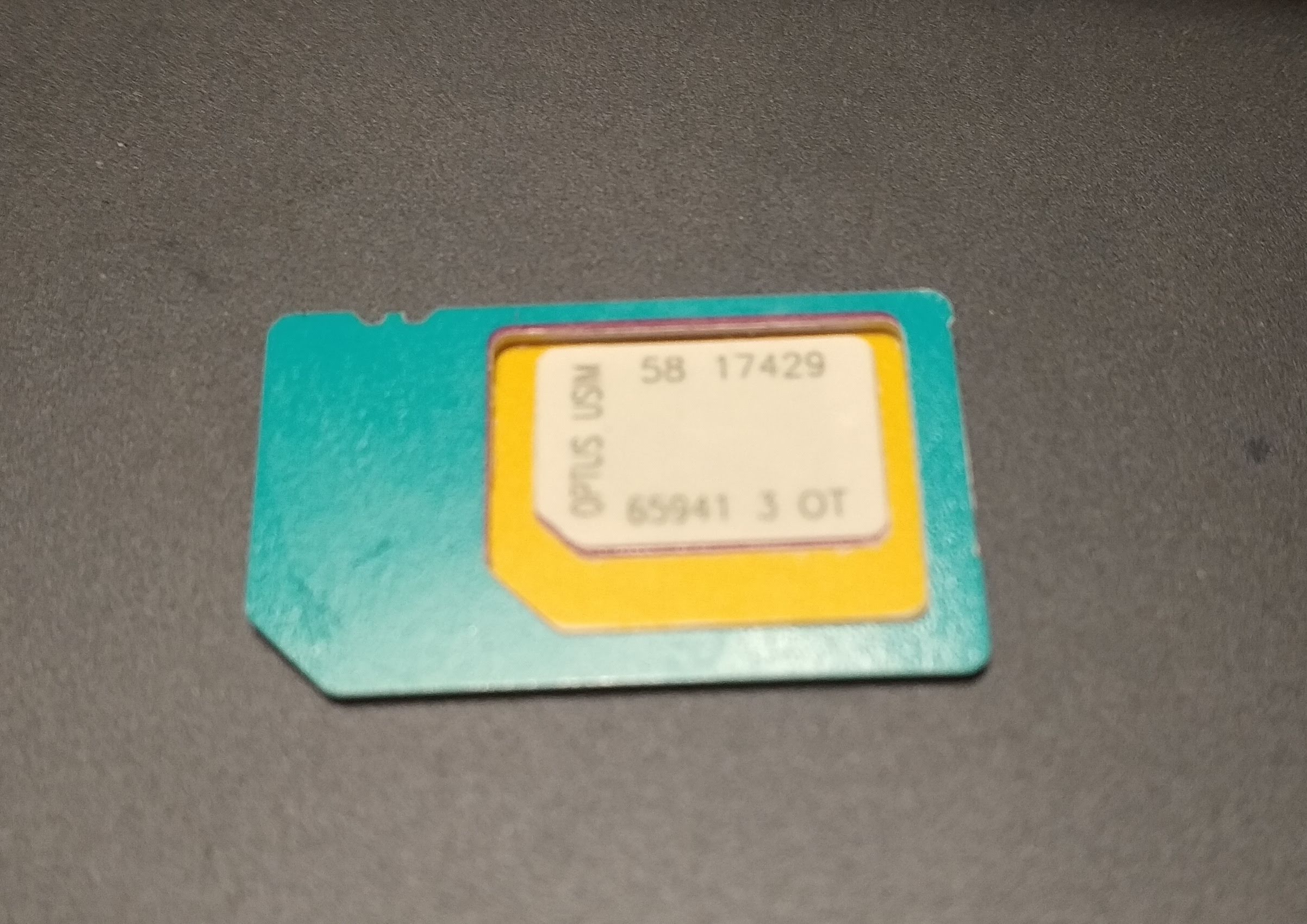I’ve been using it for a few days now.
Overall, very impressed. It’s a nice, neat package and (so far) it is pretty much doing everything I want of it.
My previous set up is to have a SIM card with unlimited data (including tethering) from Three in a phone and share its connection as a hotspot. This worked quite nicely, but I also like to use a VPN and have an ExpressVPN subscription, and that requires a client on each device, which I was doing.
However, it is a slight pita to connect each time, and I’m limited to 5 concurrent connections, which is occasionally a problem - though not often.
So, I thought I’d give this Spitz thing a go. I was attracted by the OpenWRT firmware - I guess it is using it, though I have trouble finding any mention of it when I go to the device’s admin page (perhaps there’s too much ‘company’ skinning?).
The first problem I experienced was with the SIM tray. It didn’t seem to be the correct size for my SIM - I had all the various size adaptors, but I couldn’t figure out which one was correct. Eventually, I managed to get it in using one size, but it didn’t really feel like it was the correct size until I had the tray ‘shut’. Unfortunately, while I was fiddling around, the tray came off, and that was a bit disappointing - it wasn’t broken, though, so it just needed a little encouraging to get it back on. After I had the SIM in it and clipped it closed, I left it alone.
It would be nice if that tray was more robust.
I was a bit disappointed that the power was via a wall-wart. I dislike these because they only plug in one way up, and seem to be designed assuming the sockets are the normal way up, with the earth pin uppermost. Unfortunately, some of my power sockets (on an extension cord) are already upside down so that they can accommodate plugs in the normal orientation, and these wall warts mean the extension sockets don’t sit on the floor.
The wall wart actually has a replaceable ‘plug’ part, but the UK one only fits in one orientation - I would have thought it would be reasonably easy to design it so it would be inserted either way up, and work for both…it’s the same for other devices, though, so not GL-iNet’s fault here.
I was disappointed that it uses AC at all, tbh. Is there a reason it couldn’t use USB 5V? I guess some would try to use it on 500mA USB, so perhaps a support issue, but it would be very convenient to be able to use it from a USB battery, from time to time - at least to move it around the house to find the best reception, but also using it in a car might be nice.
Setting it up for ExpressVPN was easy, and I was able to load several VPN configurations ready for my trip to China.
I notice it does seem to take a long time to switch between different servers - actually, perhaps this is a problem in the configuration file in this instance[1] - yes, switching to other ones actually works. I will have to get ExpressVPN to update their configuration file for that server, I think.
I’m not seeing amazing speeds through the thing…though it’s quite difficult to tell what I would get from the SIM in a phone without taking it out. I suspect it is slower than my phone…but it is totally usable. I’m streaming youtube to my MiBox, and other video at the same time, so no problem…and none of them need to be running their own VPN client, so that’s nice.
When I get to China, I’ll be using a wire internet, so that’ll be a different experience…I wonder if I can test that before I go (OTG ethernet adaptor on my phone, perhaps).
So…pretty happy with it at the the moment ![]()
Max.
[1] Currently, it is saying:
"
SIGHUP[soft,init_instance] received, process restarting
WARNING: --keysize is DEPRECATED and will be removed in OpenVPN 2.6
OpenVPN 2.4.5 mips-openwrt-linux-gnu [SSL (OpenSSL)] [LZO] [LZ4] [EPOLL] [MH/PKTINFO] [AEAD]
library versions: OpenSSL 1.0.2o 27 Mar 2018, LZO 2.10
Restart pause, 5 second(s)
"




